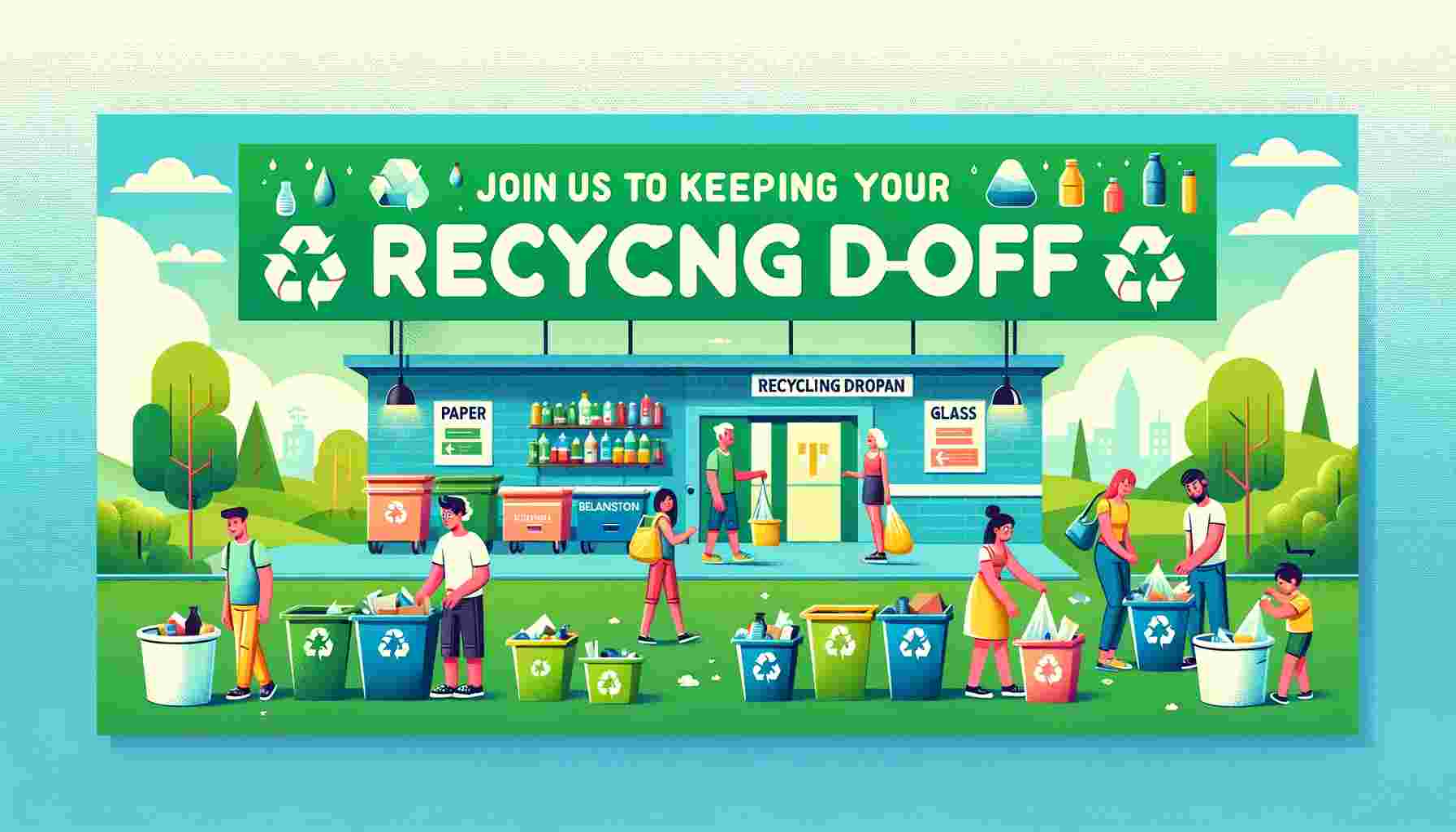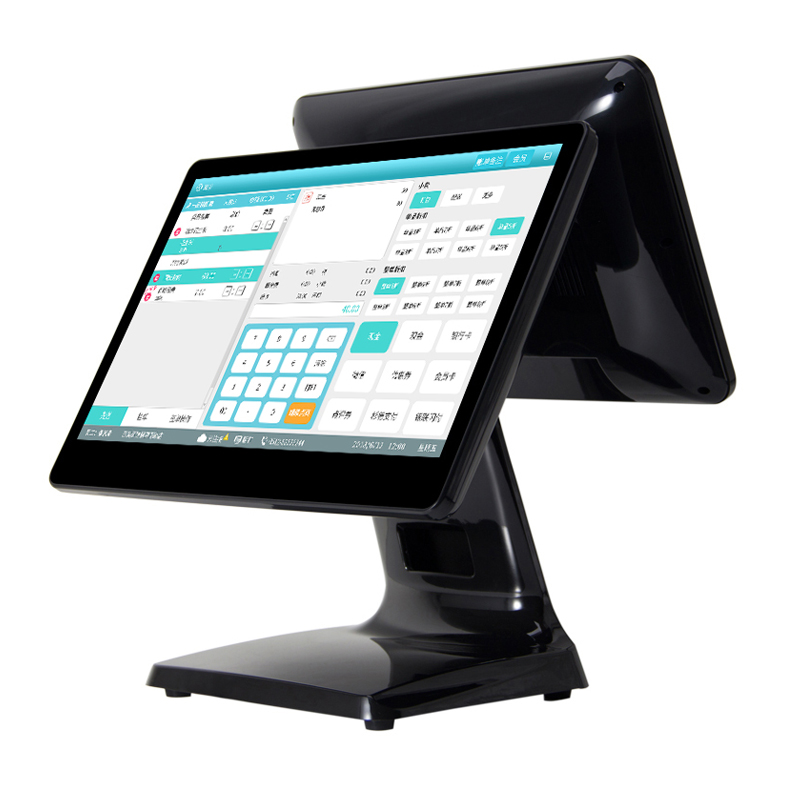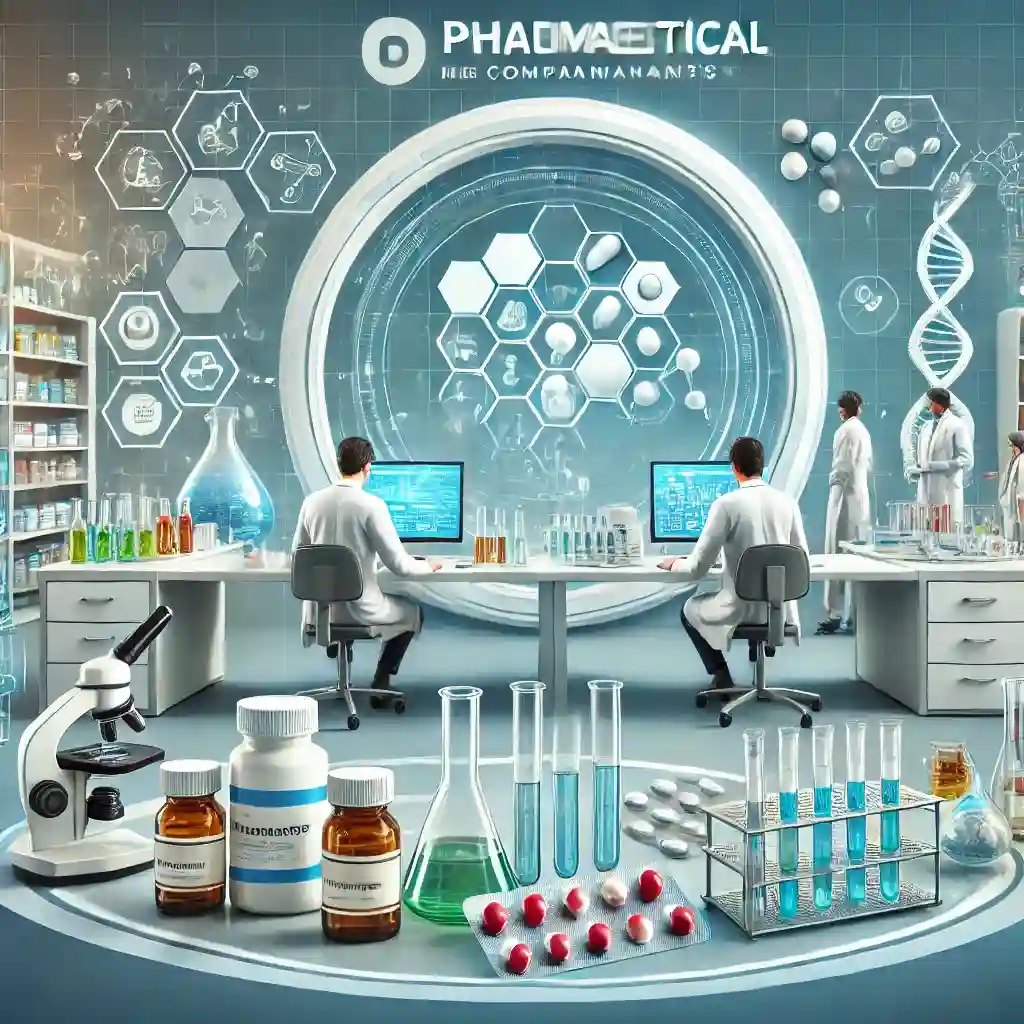Business
Recycling Drop Off Near Me: Convenient Locations for Your Recycling Needs

Recycling is an essential aspect of modern life, given the increasing amount of waste generated by households and commercial entities. It not only helps to conserve natural resources but also reduces the amount of waste sent to landfills. However, finding a Recycling Drop Off Near Me can be a challenge for many people, especially those living in urban areas.
Fortunately, there are several ways to locate recycling drop-off locations near you. One of the most convenient methods is to use online resources such as recycling directories and maps. These resources provide information on the types of materials accepted, operating hours, and location of the nearest recycling centers. Additionally, some municipalities offer curbside recycling services, making it easier for residents to recycle from the comfort of their homes.
Finding Recycling Drop-Off Locations
Recycling is an essential part of reducing waste and preserving the environment. However, finding a recycling drop-off location can be a challenging task. Here are some ways to find recycling drop-off locations.
Local Recycling Centers
One of the best ways to find a recycling drop-off location is by contacting your local recycling center. They can provide you with a list of all the nearby recycling drop-off locations and the materials they accept. You can also check their website for more information.
Online Resources and Apps
Several online resources and apps can help you find recycling drop-off locations near you. Some popular ones are:
- Earth911: A website that allows you to search for recycling drop-off locations by your zip code and the type of material you want to recycle.
- RecycleNation: A website that provides information about recycling, including a recycling location search tool.
- My-waste: An app that helps you find recycling drop-off locations near you.
Community Programs
Many communities have recycling programs that offer drop-off locations for specific materials. Check with your local government or community organizations to see if they have any recycling programs. Some common community recycling programs include:
- Electronic waste recycling: Many communities have programs that allow residents to drop off their old electronics for recycling.
- Hazardous waste recycling: Some communities have programs that accept hazardous waste items like batteries, light bulbs, and paint.
- Composting: Some communities have programs that accept food waste for composting.
In conclusion, finding a recycling drop-off location is not as difficult as it seems. By using the resources mentioned above, you can easily find a drop-off location near you and contribute to a cleaner environment.
Preparing Recyclables for Drop-Off
Sorting Guidelines
Before dropping off recyclables, it is important to sort them properly. This helps ensure that the materials are processed correctly and efficiently. Commonly recycled materials include paper, cardboard, glass, plastic, and metal. It is important to check with the drop-off location to see which materials they accept.
When sorting recyclables, it is best to separate them into different categories. For example, paper and cardboard should be sorted separately from glass and plastic. This makes it easier for the recycling facility to process the materials.
Contamination Prevention
Contamination of recyclables can occur when non-recyclable materials are mixed in with recyclable materials. This can cause the entire batch of materials to be rejected and sent to the landfill. To prevent contamination, it is important to follow the sorting guidelines and only include materials that are accepted by the drop-off location.
Additionally, it is important to clean and dry materials before dropping them off. For example, food residue on a pizza box can contaminate the cardboard and make it unrecyclable. By cleaning and drying materials, the recycling facility can process them more efficiently.
Drop-Off Procedures
When dropping off recyclables, it is important to follow the procedures set by the drop-off location. This may include separating materials into different bins or bags, filling out paperwork, or following specific hours of operation.
Some drop-off locations may also have restrictions on the amount of materials that can be dropped off at one time. It is important to check with the location beforehand to avoid any issues.
By following these guidelines, individuals can help ensure that their recyclables are processed correctly and efficiently.
Business
Touch Dual Screen POS Terminal: The Future of Retail Transactions

Touch dual screen POS terminals are becoming increasingly popular in the retail and hospitality industries. These terminals offer a more efficient and streamlined checkout process, allowing businesses to better serve their customers. With two screens, one for the customer and one for the cashier, these terminals make transactions smoother and faster.
One of the main advantages of touch dual screen POS terminals is their user-friendly interface. The touch screens are intuitive and easy to navigate, making it simple for both customers and cashiers to complete transactions quickly. Additionally, the dual screens allow customers to view their purchases as they are being rung up, reducing the chance of errors and increasing transparency.
Another benefit of touch dual screen POS terminals is their versatility. They can be used in a variety of settings, from small retail shops to large restaurants. They can also be customized to meet the specific needs of each business, with options for adding loyalty programs, gift cards, and other features. Overall, touch dual screen POS terminals are a valuable investment for any business looking to improve their checkout process and enhance the customer experience.
Touch Dual Screen POS Terminal Overview
The Touch Dual Screen POS Terminal is a cutting-edge point of sale (POS) system that offers a seamless and intuitive user experience. With its dual screens, this POS terminal provides an efficient and effective way to manage transactions, inventory, and customer data.
Key Features
The Touch Dual Screen POS Terminal boasts a range of features that make it stand out from other POS systems. These features include:
- Dual screens: The Touch Dual Screen POS Terminal has a primary screen for the cashier and a secondary screen for the customer. This allows for easy and seamless communication between the two parties.
- Touchscreen technology: The POS terminal is equipped with a high-quality touchscreen display that is responsive and easy to use.
- Multiple payment options: The Touch Dual Screen POS Terminal supports a variety of payment options, including credit and debit cards, mobile payments, and cash.
- Inventory management: The POS system comes with an inventory management feature that allows business owners to keep track of their stock levels and make informed decisions about ordering and restocking.
- Customer data management: The Touch Dual Screen POS Terminal allows businesses to collect and store customer data, including contact information and purchase history.
Operational Benefits
The Touch Dual Screen POS Terminal offers a range of operational benefits for businesses, including:
- Increased efficiency: The dual screens and touchscreen technology make it easy for cashiers to process transactions quickly and accurately.
- Improved customer experience: The secondary screen allows customers to view their purchases as they are being rung up, reducing the risk of errors and improving customer satisfaction.
- Streamlined inventory management: The inventory management feature helps businesses keep track of their stock levels and make informed decisions about ordering and restocking.
- Enhanced data collection: The customer data management feature allows businesses to collect and store valuable customer data, which can be used to improve marketing and sales strategies.
Industry Applications
The Touch Dual Screen POS Terminal is suitable for a range of industries, including:
- Retail: The POS system is ideal for retail businesses of all sizes, from small boutiques to large department stores.
- Hospitality: The Touch Dual Screen POS Terminal is perfect for restaurants, cafes, and other hospitality businesses that require a fast and efficient way to process transactions.
- Healthcare: The POS system can be used in healthcare settings, such as pharmacies and medical clinics, to manage inventory and process payments.
- Service industries: The Touch Dual Screen POS Terminal is also suitable for service industries, such as salons and spas, where appointment scheduling and payment processing are essential.
Overall, the Touch Dual Screen POS Terminal is a powerful and versatile POS system that offers a range of features and benefits for businesses of all sizes and industries.
Technical Specifications
Hardware Components
The touch dual screen POS terminal is equipped with a high-performance processor that ensures fast and accurate transaction processing. It features a large 15.6-inch main display with a resolution of 1920×1080 pixels and a secondary 9.7-inch customer-facing display. The terminal also includes a magnetic stripe reader, an EMV chip card reader, and an NFC reader for contactless payments. The device is designed to withstand the rigors of everyday use and is built with durable materials to ensure long-lasting performance.
Software Capabilities
The touch dual screen POS terminal comes equipped with a powerful software suite that includes a variety of features to enhance the payment experience. It supports multiple payment types, including credit and debit cards, mobile payments, and gift cards. The software also includes inventory management tools, real-time reporting, and analytics to help businesses make informed decisions. The terminal can be customized to meet the needs of individual businesses, and software updates can be easily installed to ensure the device is always up-to-date.
Connectivity and Integration
The touch dual screen POS terminal is designed to integrate seamlessly with a variety of third-party applications and services. It features built-in Wi-Fi and Ethernet connectivity, allowing for easy integration with a range of payment processors and other business applications. The device also includes USB ports for connecting peripherals such as printers, scanners, and cash drawers. The terminal can be used as a standalone device or can be integrated with existing POS systems to provide a comprehensive payment solution.
Business
Bathroom Renovations Near Me: Finding the Best Local Contractors

Bathroom renovations are an excellent way to add value to your home, improve functionality, and create a more comfortable living space. Whether you’re looking to update an outdated bathroom or add a new one, finding a reputable contractor is essential. With so many options available, it can be challenging to know where to start your search.
One of the best ways to find bathroom renovation contractors is to search for “bathroom renovations near me.” This will provide you with a list of local contractors who specialize in bathroom renovations. It’s important to choose a contractor who has experience with the type of renovation you’re looking for and who has a good reputation in the community.
Before hiring a contractor, it’s important to do your research, ask for references, and check their credentials. You should also have a clear idea of what you want in terms of design, materials, and budget. With the right contractor and a clear plan in place, you can transform your bathroom into a beautiful and functional space that meets your needs and exceeds your expectations.
Planning Your Bathroom Renovation
Setting a Budget
Before starting any renovation project, it’s important to set a budget. This will help you determine what you can afford and what changes you can make to your bathroom. You should consider the cost of materials, labor, and any unexpected expenses that may arise. It’s also important to set aside some extra funds for any unforeseen circumstances.
Design Considerations
When planning your bathroom renovation, you’ll want to consider the overall design of the space. Think about what style you want to achieve and what elements are important to you. Some design considerations may include the layout, color scheme, lighting, and fixtures. It’s important to have a clear idea of what you want before starting the renovation process.
Choosing a Contractor
Choosing the right contractor is crucial to the success of your bathroom renovation. Look for a contractor who is experienced in bathroom renovations and has a good reputation in your local area. You should also check their references and ask to see examples of their past work. Make sure to get a written contract that outlines the scope of the work, the timeline, and the cost.
Overall, planning your bathroom renovation requires careful consideration and attention to detail. By setting a budget, considering design options, and choosing the right contractor, you can ensure a successful and stress-free renovation experience.
Executing the Renovation
Demolition and Removal
Before any new fixtures or finishes can be installed, the old ones must be removed. This process involves demolishing the existing bathroom and removing all debris. The demolition process can take anywhere from one to several days, depending on the size of the bathroom and the complexity of the renovation.
During demolition, it is important to protect other areas of the home from dust and debris. Contractors will typically use plastic sheeting and tape to seal off the bathroom and surrounding areas. They will also use protective gear such as masks and goggles to prevent inhalation of dust and debris.
Plumbing and Electrical Work
Once the old fixtures have been removed, the plumbing and electrical systems will need to be updated to accommodate the new fixtures. This may involve rerouting pipes and wires, installing new outlets and switches, and ensuring that all connections are up to code.
It is important to hire a licensed plumber and electrician to complete this work. They will have the expertise and experience to ensure that all work is done safely and correctly.
Installation of Fixtures and Finishes
After the plumbing and electrical work is complete, the new fixtures and finishes can be installed. This includes installing the new bathtub, shower, toilet, sink, and any other fixtures. It also includes installing new flooring, lighting, and wall finishes.
During installation, it is important to ensure that all fixtures are level and properly secured. This will prevent leaks and other issues down the line.
Overall, executing a bathroom renovation requires careful planning and attention to detail. By following these steps and working with experienced professionals, homeowners can achieve the bathroom of their dreams.
Business
Pharmaceutical Development Consulting: Expert Strategies for Success

Pharmaceutical development consulting is an essential aspect of drug development, which involves providing expert advice and guidance to pharmaceutical companies in the development of new drugs. The pharmaceutical industry is highly regulated, and bringing a new drug to market requires navigating complex regulatory frameworks, conducting extensive clinical trials, and meeting stringent safety and efficacy standards. Hence, pharmaceutical development consulting plays a crucial role in ensuring that pharmaceutical companies can develop safe and effective drugs while maintaining compliance with regulatory requirements.
Pharmaceutical development consulting services are offered by a range of companies, including specialized consulting firms, contract research organizations (CROs), and large pharmaceutical companies. These companies provide a range of services, including regulatory affairs, clinical trial design and management, pharmacovigilance, medical writing, and quality assurance. Pharmaceutical development consulting firms employ experts in various areas, including pharmacology, toxicology, chemistry, and regulatory affairs, who work closely with pharmaceutical companies to provide customized solutions to their drug development needs.
In recent years, the pharmaceutical industry has faced increasing pressure to develop new drugs more quickly and cost-effectively, while maintaining high standards of safety and efficacy. Pharmaceutical development consulting has emerged as a key solution to this challenge, providing companies with the expertise and resources they need to navigate the complex drug development process efficiently and effectively. As such, pharmaceutical development consulting is an essential aspect of drug development, helping to ensure that new drugs can be developed and brought to market safely and efficiently.
Pharmaceutical Development Lifecycle
Preclinical Research
Before a new drug can be tested in humans, it must undergo extensive preclinical research. This stage involves laboratory tests and animal studies to evaluate the safety and efficacy of the drug. The goal is to identify any potential risks or side effects, and to determine the optimal dosage and administration route.
During preclinical research, the pharmaceutical development consulting team will also work to develop a manufacturing process for the drug, and to identify potential drug interactions or contraindications.
Clinical Trial Phases
Once preclinical research is complete, the drug can move on to clinical trials. These trials are conducted in three phases, each with a different focus:
- Phase 1: This phase involves a small group of healthy volunteers, and is designed to evaluate the safety and dosage of the drug.
- Phase 2: In this phase, the drug is tested on a larger group of people with the condition the drug is intended to treat. The focus is on evaluating the drug’s efficacy and side effects.
- Phase 3: The final phase of clinical trials involves a large group of patients, and is designed to confirm the drug’s efficacy and safety.
Regulatory Approval Process
After clinical trials are complete, the pharmaceutical development consulting team will work to obtain regulatory approval for the drug. This process involves submitting a New Drug Application (NDA) to the FDA, which includes data from preclinical research and clinical trials.
The FDA will review the NDA to ensure that the drug is safe and effective, and that the benefits outweigh any potential risks. If the drug is approved, it can be marketed and sold to the public.
Overall, the pharmaceutical development lifecycle is a complex and highly regulated process. Pharmaceutical development consulting teams play a crucial role in guiding drugs through each stage of development, and ensuring that they meet the necessary safety and efficacy standards.
Consulting Services in Pharmaceutical Development
Strategic Planning and Management
Pharmaceutical development consulting firms offer strategic planning and management services to help pharmaceutical companies navigate the complex process of drug development. These services include market analysis, competitive intelligence, product portfolio management, and clinical development planning. The goal of strategic planning and management is to ensure that pharmaceutical companies have a clear understanding of the market, competition, and regulatory landscape, and are able to develop products that meet the needs of patients and healthcare providers.
Quality Assurance and Compliance
Quality assurance and compliance are critical components of pharmaceutical development. Consulting firms offer a range of services to help companies ensure that their products meet regulatory requirements and are of the highest quality. These services include quality systems development, auditing, risk management, and regulatory compliance support. By working with a pharmaceutical development consulting firm, companies can ensure that their products are safe, effective, and compliant with all relevant regulations.
Market Access and Commercialization Strategy
Once a pharmaceutical product has been developed, it is important to develop a market access and commercialization strategy to ensure that the product is successful in the marketplace. Consulting firms offer a range of services to help companies develop and implement these strategies. These services include market research, pricing and reimbursement strategy, distribution strategy, and marketing and sales support. By working with a pharmaceutical development consulting firm, companies can ensure that their products are successfully launched and achieve their full commercial potential.
In conclusion, pharmaceutical development consulting firms offer a range of services to help companies navigate the complex process of drug development. These services include strategic planning and management, quality assurance and compliance, and market access and commercialization strategy. By working with a consulting firm, companies can ensure that their products are safe, effective, and successful in the marketplace.
-

 Tech10 months ago
Tech10 months agoModyukle: Understanding the Basics of this Innovative Technology
-

 Blog10 months ago
Blog10 months agoAndre Hakkak Net Worth: A Look at the Wealth of the Businessman
-
Tech10 months ago
Expotab.com Login: How to Access Your Account
-

 Business10 months ago
Business10 months agoCash Discount Merchant Services: Everything You Need to Know
-

 Blog10 months ago
Blog10 months agoJack Doherty Net Worth: How Much is the Social Media Star Worth?
-

 Health10 months ago
Health10 months agoWell Health Tips in Hindi: Organic Ways to Improve Your Overall Health
-

 Tech10 months ago
Tech10 months agoSecurity Testing Company: Ensuring Your Business’s Safety
-

 Home & Garden9 months ago
Home & Garden9 months agoLuxury Kitchens Toronto: Experience the Ultimate in Modern Design and Functionality





